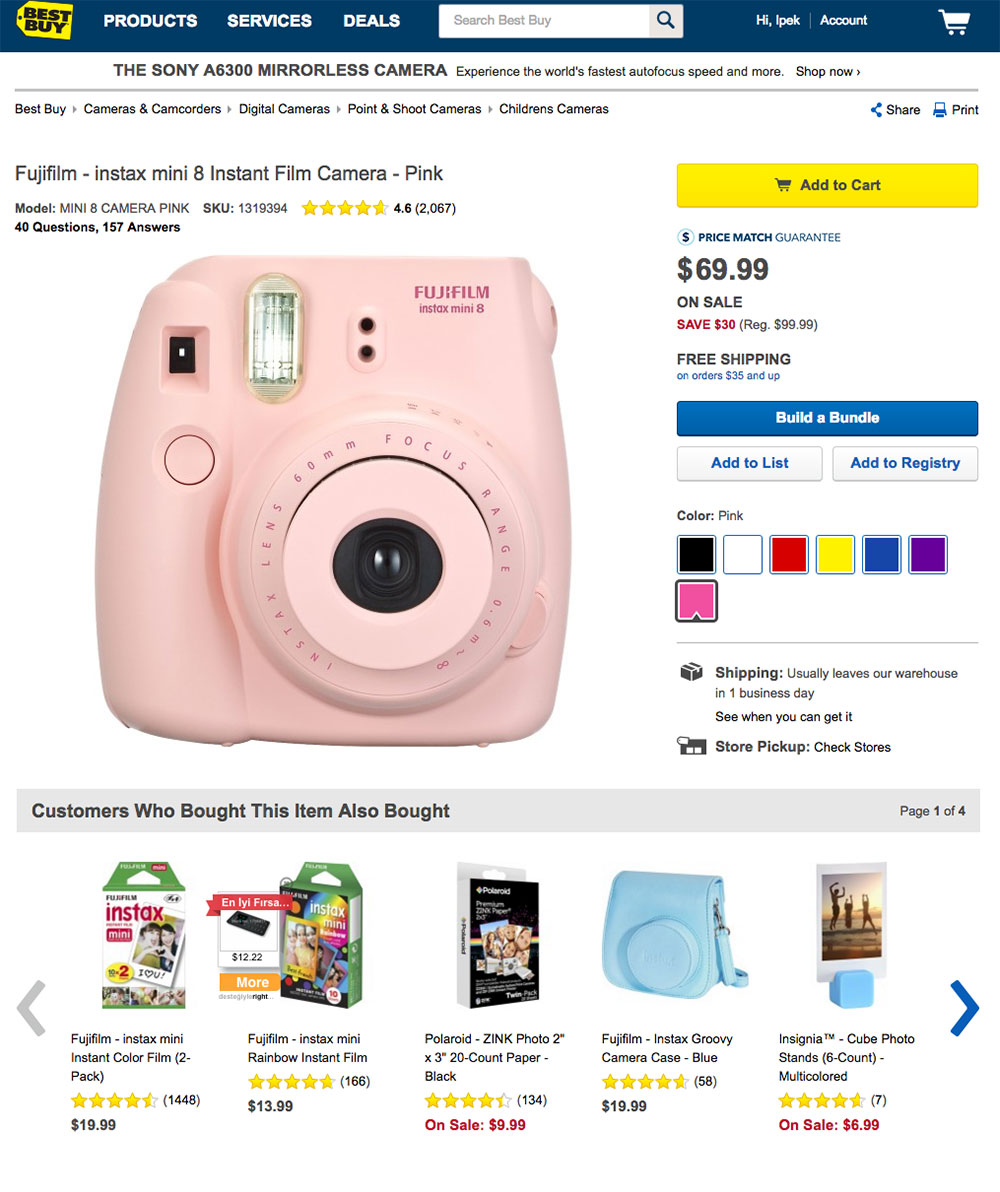The term ‘predictive analytics’ has been thrown around for a while now but the adoption has been relatively low.
Every E-Commerce Retailer has a few common questions when it comes to their business: What is the maximum price a customer will pay for a product/service? How to proactively solve customer queries before they become issues? How to optimize costs?
Companies which make use of predictive analytics are able to to get answers to such questions. So, how can this analytics really help?
1. Price Optimization
The key agenda of optimizing price is to maximize profits. Usually, retailers set prices manually by using different traditional methods which take a lot of time and have a high probability of errors. By using predictive analytics, retailers can optimize prices automatically by looking at previous trends, product performance, consumer behaviors, historic price patterns etc.
2. Customized Product Recommendations
Pitching the right product to the right customer has always been a priority for E-Commerce retailers. Predictive Analytics tools help retailers to optimize these personalized recommendations for their prospects based on purchase history patterns, browsing history patterns, product placement on the website etc. These predictive tools help retailers to maximize the probability of conversion of a sale.
3. Customer Lifetime Value Analysis
The Customer Lifetime Value of any customer is the total revenue that the company can expect from a customer over his entire lifetime. It can help the company take important decisions such as the amount you should spend to acquire a customer, which customers to focus on, and how much should the company spend on servicing and retaining customers.
4. RFM Analysis
RFM (Recency Frequency Monetary) uses only past purchase behavior into segments customers basis the comparative recency, frequency and monetary value from the customer pool. The segments can range from Loyal customers to those most likely to churn.
A comparison of Customer Lifetime Value Analysis versus the RFM segments that the customer falls into can provide a good insight into the customers you want to focus on ASAP!
A better understanding of your customer buying patterns, purchase history, likes, dislikes, browsing history can really help an E-Commerce retailer in having an edge over competitors which in turn will generate a better market share.
Large E-commerce sites such as Flipkart, Amazon and Book My Show are already ahead of the game It’s time for others to catch up if they want to remain a part of the game.


